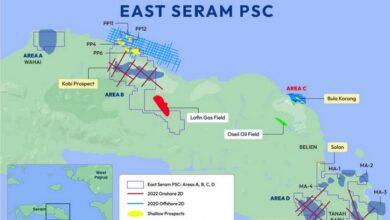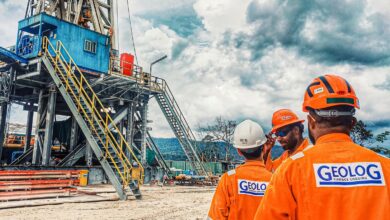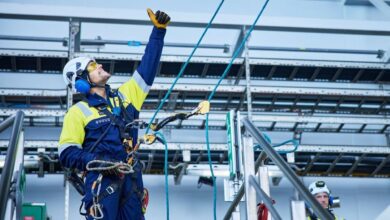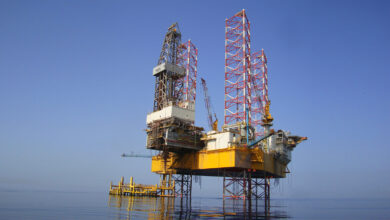Equinor makes oil discovery near Troll field in North Sea
Equinor and partners DNO Norge, Petoro and Wellesley Petroleum have struck gas and oil in production license 923. Recoverable resources are estimated at around to 44-69 million BOE.
“It is inspiring to see how creativity, perseverance and new digital tools result in discoveries that form the basis for important value creation, future activity and production in accordance with Equinor’s climate ambitions,” said Nick Ashton, Equinor’s Senior Vice President for Exploration in Norway.
The Røver North discovery adds to a number of discoveries in the Troll/Fram area in recent years. It started with Echino, which gave several answers in the autumn of 2019, and continued with Swisher in the summer of 2020.
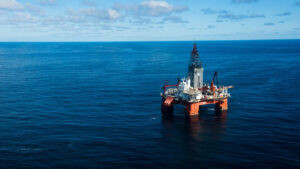
Recoverable oil equivalent from these three discoveries can already measure against the total production from fields like Valemon, Gudrun and Gina Krog. And the exploration continues. Equinor and the partners have matured several neighboring prospects. The Blasto and Apodida prospects in production license 090 will be drilled after Røver Nord.
The first discovery this year was made in one of the most mature areas of the Norwegian continental shelf. Exploration well 31/1-2 S and appraisal well 31/1-2 A in production licence 923 were drilled some 10 km northwest of the Troll field, 18 km southwest of the Fram field and 130 km northwest of Bergen.
The primary exploration target for exploration well 31/1-2 S was to prove petroleum in the Brent group from the Middle Jurassic period and in the Cook formation from the Early Jurassic period. The purpose of 31/1-2 A was to delineate the discovery made in the Brent Group in well 31/1-2 S.
Both wells proved hydrocarbons in two intervals in the Brent Group. Well 31/1-2 S encountered an about 145-metre gas column in the Brent Group (Etive and Oseberg formations) and a 24-metre oil column where the oil/water contact was not encountered. A total of 50 m of effective sandstone reservoir with good reservoir quality was found in this interval. In addition, 6 m of oil-bearing sandstone with moderate to poor reservoir quality was struck in the upper part of the Dunlin Group.
Appraisal well 31/1-2 A struck sandstones with good to moderate reservoir quality in the Etive formation and upper part of the Oseberg formation. The lower part of the Oseberg formation contained sandstone with moderate to poor reservoir quality. An estimated total of 41 m of effective sandstone reservoir was found in the two formations. The well proved 12 m of oil in the Etive formation, where the oil/water contact was not encountered, and a 17-metres oil column in the Oseberg formation.
The Cook formation proved to be water-filled in both wells, but with moderate to good reservoir quality. The wells were not formation tested, but extensive data acquisition and sampling took place.
The licensees consider the discovery commercial and will explore development solutions in towards existing infrastructure.
The wells are the 1st and 2nd exploration wells in production license 923. Well 31/1-2 S was drilled to a vertical depth of 3439.5 m below sea level and a measured depth of 3555 m. The well was terminated in the Amundsen formation from the Early Jurassic period. Well 31/1-2 A was drilled to a vertical dept of 3452 m below sea level and a measured depth of 3876 m. The well was terminated in the Cook formation.
The water depth at the site is 349 m. The well has been permanently plugged and abandoned. The wells were drilled by the Seadrill West Hercules semisubmersible, which will now drill exploration well 31/2-22 S in production license 090 in the northern North Sea.

